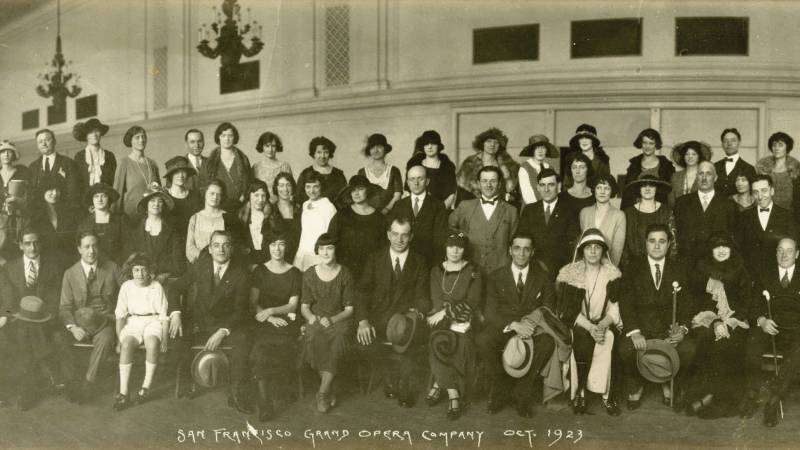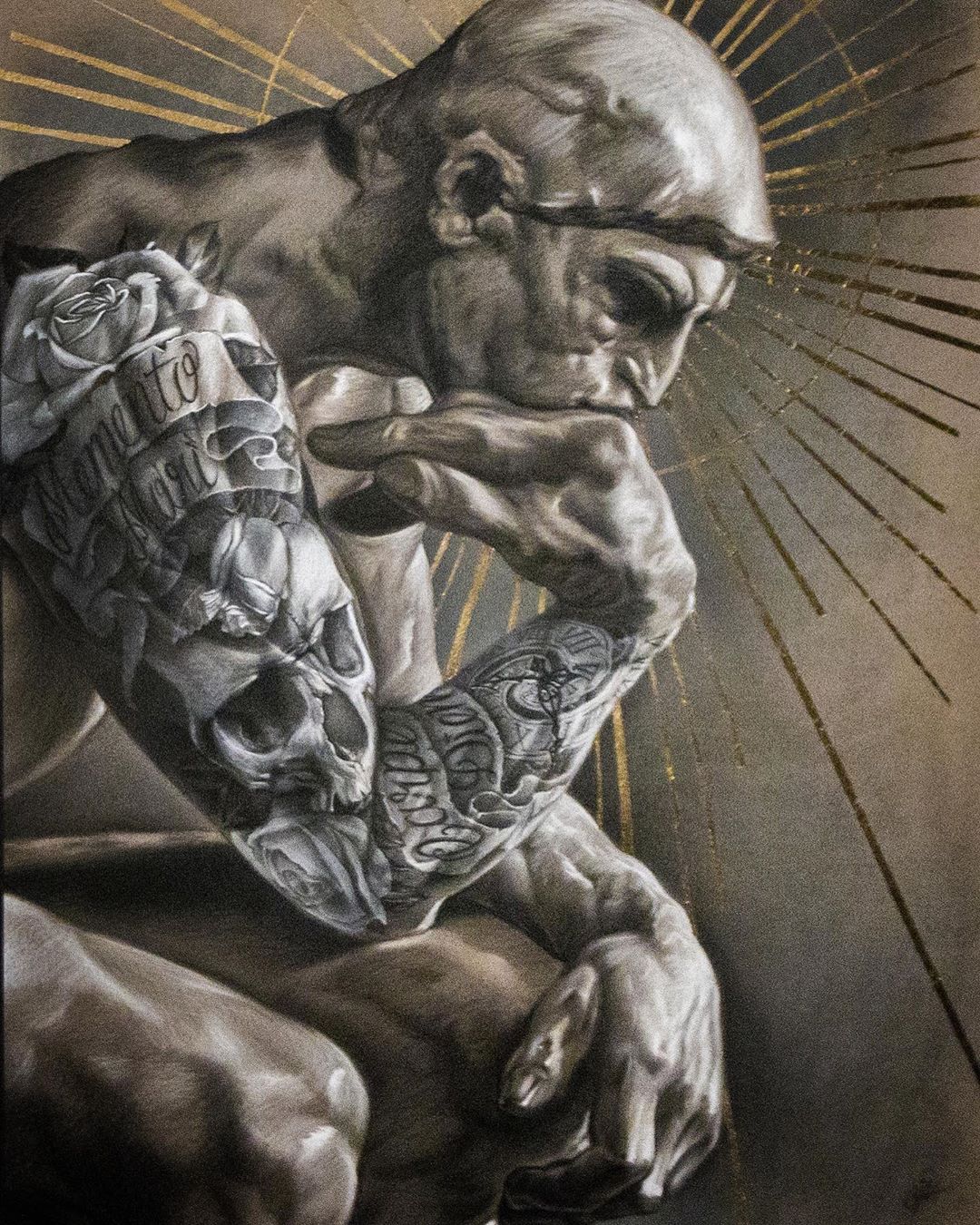GUILLOTINÆ Wanna Cry, Act Yellow: Break Room
2021 - Film & Video (Film & Video)
25:29 minutes
Sofía Córdova
Set some time in the future, Sofía Córdova’s multi-channel film installation GUILLOTINÆ Wanna Cry, Act Yellow: Break Room imagines a public that worships pop stars and revolutionary leaders equally. The three channels of the video blend visual materials from pop culture, politics, news, and fine art, as well as choreographed dancers miming quotes from philosophers, reality television stars, radical political figures, and YouTube comment sections. Intermittently, they are interrupted or obscured by archival footage of press conferences, rallies, revolutions, invasions, and uprisings from the last century. On the internet, pop culture often shares media space with political information, yet the two are not afforded the same gravitas despite their shared relevance to a mainstream public. In GUILLOTINÆ , all information (visual and aural) is equal, unsettling viewpoints that categorise news items as “important” or “deep” and entertainment as “unimportant,” or “shallow.” Like much of Cordova’s work, this video subverts hegemonic messaging around productivity that implores us to create when the economic, political, and social systems we know and rely upon are crumbling and we are complicit in its ruin. Córdova asks: how does one create when dire circumstances transform our day-to-day? The dancers seem to say: our surroundings create us.
Sofía Córdova’s films make many noises. Whether subtle, soothing, or disturbing, her practice contains questions about feminism, the Earth, power, liberation, migration, extinction, and extractive capitalism. Through time-warped fabulations, the artist speeds time up or slows it down, transmitting visions from the future to make sense of how power operates in the present. In other words, she explores the possibility of many futures through a plurality of audio-visual experiences condensed into a single digital experience. Córdova’s speculations combine crunchy electronic soundtracks with images of green forest beings or an ethereal, organic score that contextualises horrific personal narratives. This aesthetic experience troubles the notion that normalcy is guaranteed in the future—or at least what we humans on Earth know as normalcy—asserting that comfort on our planet is not guaranteed despite our best (and worst) efforts to alter our surroundings.
Colors:
Other related works, blended automatically
» see more

© » KADIST
Sofía Córdova
2018dawn chorus ii: el niagara en bicicleta is a work produced in Sofía Córdova native Puerto Rico and was largely shaped by the financial crisis, the islands’ histories under colonial rule and most recently, the climate-change related natural disasters which have affected the island...
Related works sharing similar palette
» see more

© » KQED
The First Known Photograph of the San Francisco Opera | KQED Skip to Nav Skip to Main Skip to Footer upper waypoint Arts & Culture Newly Unearthed: The First Known Photograph of the San Francisco Opera Sarah Hotchkiss Feb 8 Save Article Save Article Failed to save article Please try again Email A detail from an October 1923 photograph of the San Francisco Opera company in the Civic Auditorium shows performers and family in pre-performance street clothes...
Other works by: » Sofía Córdova
» see more

© » KADIST
Sofía Córdova
2018dawn chorus ii: el niagara en bicicleta is a work produced in Sofía Córdova native Puerto Rico and was largely shaped by the financial crisis, the islands’ histories under colonial rule and most recently, the climate-change related natural disasters which have affected the island...

© » KADIST
Sofía Córdova
2021Sofía Córdova’s film dawn_chorusiii: the fruit they don’t have here / coro_del_albaiii: la fruta que no tienen aquí weaves together six California migration stories that resist dominant social narratives that flatten the experience of migrants...
Related works found in the same semantic group
» see more

© » KADIST
General Idea
1993AIDS Ring by General Idea is a cast metal ring, which takes as its basis Robert Indiana’s iconic “LOVE” design, appropriating its pop aesthetic, and totalizing, simplistic universal messaging to instead emphasize the severity of the AIDS epidemic that occurred in the 1970s...

© » KADIST
Pu Yingwei
2020ChinaCapital: Dream, Hot Land, Interstellar Colonization by Pu Yingwei addresses a complicated phenomena of intertwined influences from different political powers, capital forces, and ideologies in the reality of China...

© » KADIST
Jibade-Khalil Huffman
2017Jibade-Khalil Huffman’s work brings together spoken and written language, photography, vintage television and computer animation to pay homage to African-American popular culture...




